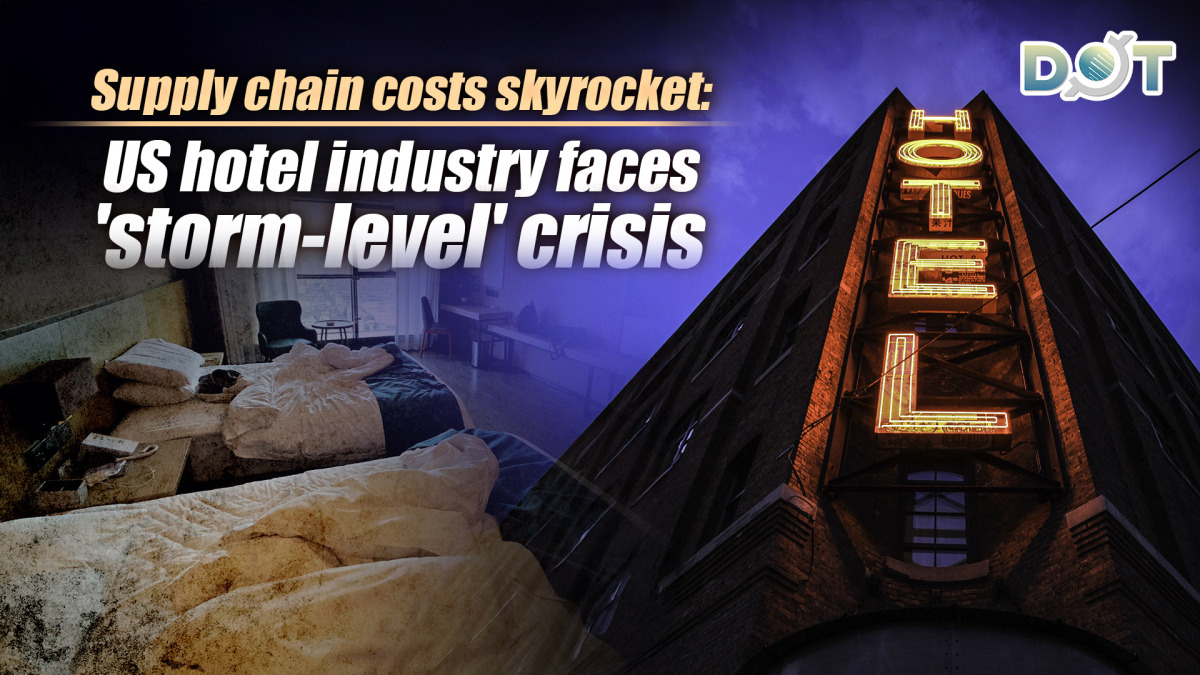
The U.S. hotel industry, a sector deeply dependent on global supply chains, is facing unprecedented pressures as President Trump's tariff policies create ripple effects across operations and development. Industry experts warn the combination of rising material costs, shrinking profit margins, and dampened tourism demand could create a "category-five" crisis for American hotels.
According to industry publication Travel Weekly, hotels are already feeling the pinch from tariffs as high as 49% on essential imports like linens and amenities from Vietnam, Cambodia, and Indonesia. These cost increases come at an especially vulnerable time, with the industry already grappling with declining international visitation due to stricter visa policies and growing safety concerns among potential travelers.
The pain extends to new construction projects, where imported materials typically account for 15-20% of total budgets. Michael Bellisario, senior analyst at Baird, notes that tariffs could add 5-10% to these costs - a significant burden that may force developers to delay or cancel projects.
With few good options available, hotel operators face difficult choices. Large chains may pressure suppliers to absorb some costs, but this could lead to layoffs in the supply chain. Other operators may resort to raising room rates or cutting services - moves that risk alienating price-sensitive guests.
The math is brutal, says Richie Karaburun, professor at NYU's Jonathan M. Tisch Center for Hospitality. Every potential solution either hurts profitability or reduces demand. We're looking at an industry-wide contraction.
Financial analysts at Bernstein Research project the tariffs could slash revenue per available room (RevPAR) growth from 3.1% to as low as 0.9% - a downturn that could have cascading effects across the US$1.2 trillion lodging sector.
As the industry searches for solutions, some operators are exploring alternative sourcing from countries like Mexico and India, while trade groups prepare lobbying efforts for tariff exemptions. The coming months will prove critical, with third-quarter earnings reports expected to reveal the full extent of the damage.
Related News:
Tariffs fail to revive US manufacturing: Industry leaders skeptical




















Comment